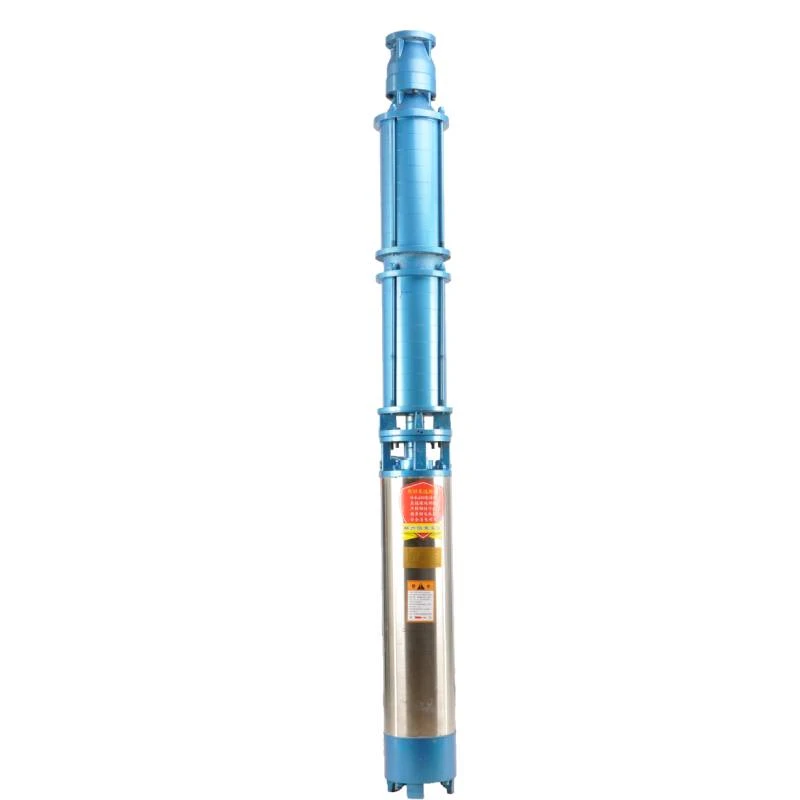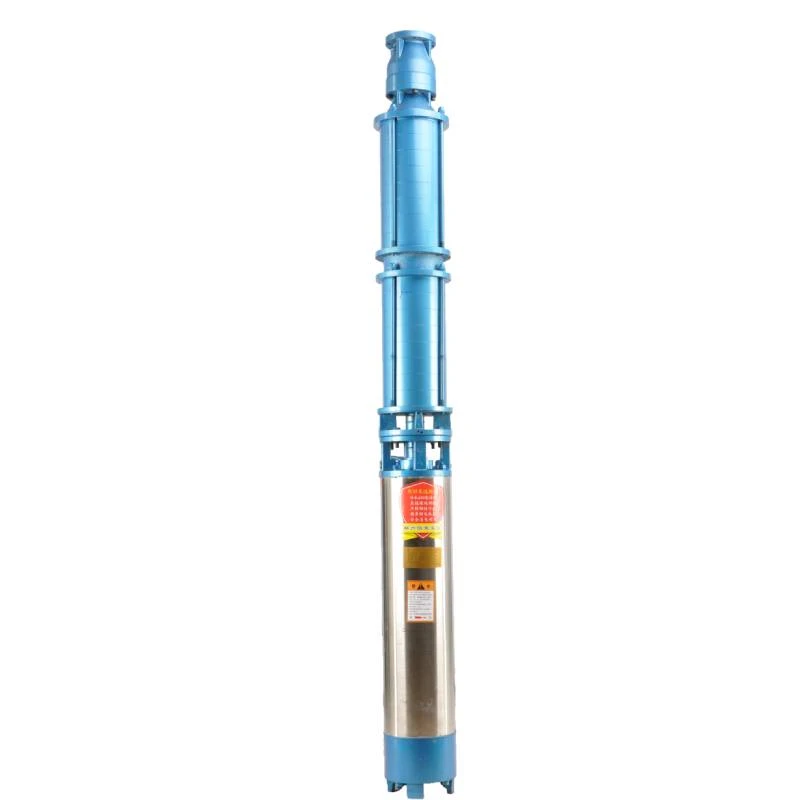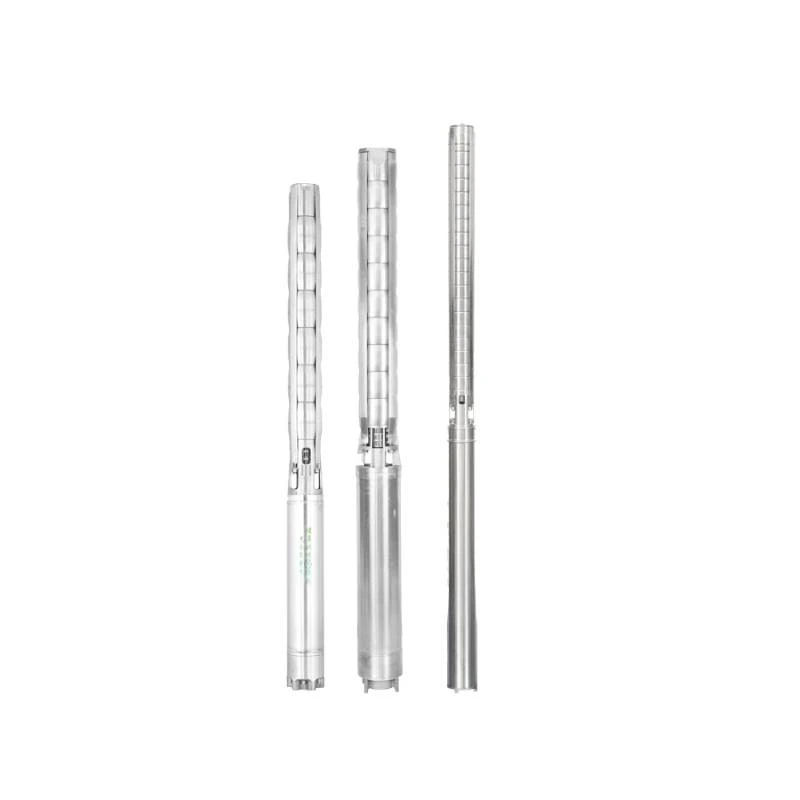Sep . 07, 2024 22:48 Back to list
How to Open a Submersible Pump | Step-by-Step Guide
How to Open a Submersible Pump A Step-by-Step Guide
Opening a submersible pump can be a challenging task, but it is often necessary for maintenance, repair, or inspection. Submersible pumps are widely used in various applications including drainage, sewage pumping, and deep well water extraction. If you find yourself in need of opening one, follow these steps to ensure a safe and efficient process.
Step 1 Safety First
Before you begin, ensure you prioritize safety. Disconnect the power supply to the pump to prevent any accidental starts. If the pump is submerged in water, take extra precautions such as using insulated tools and wearing rubber gloves to avoid electric shock.
Step 2 Gather the Right Tools
You'll need a few tools to begin. Commonly required tools include a wrench, screwdriver, pliers, and possibly a rubber mallet. Having the right tools at hand will make the process smoother and more efficient.
Step 3 Remove the Pump
If the submersible pump is located underwater or inside a well, carefully remove it. Ensure you're equipped to handle the weight of the pump and avoid causing damage to the piping or electrical connections. Typically, lifting the pump straight up will disengage it from the well casing.
Step 4 Inspect the External Components
Once the pump is above water, inspect the external components. Look for any visible signs of wear, corrosion, or damage. This will help you understand the state of the pump before you proceed to open it.
how to open a submersible pump

Step 5 Remove the Cover
Using a wrench or screwdriver, carefully remove the bolts or screws that hold the cover in place. Be gentle to avoid stripping the screws. Once you've removed the cover, you will gain access to the internal components of the pump.
Step 6 Inspect Internal Components
With the cover removed, take a moment to examine the internal components, such as the impeller, motor, and seals. Check for any debris, blockages, or signs of wear. Cleaning any dirt or buildup can often resolve issues without needing further repairs.
Step 7 Reassemble the Pump
After conducting your inspection or repairs, it's time to reassemble the pump. Place the cover back on securely, and use the wrench or screwdriver to fasten it properly. Ensure that all connections are intact and that seals are in good condition.
Step 8 Reinstall and Test
Finally, reinstall the pump in its original location, reconnect the power supply, and conduct a test run. Monitor the pump for any unusual noises or leaks, and ensure it operates smoothly.
By following these steps, you can effectively open and service a submersible pump, ensuring it functions optimally for your needs. Regular maintenance can extend the life of your pump and prevent costly repairs down the line.
-
 Water Filled Submersible PumpA water filled submersible pump is engineered for optimal cooling, eco-friendliness, and high efficiency, especially in applications involving clean or slightly sandy water.Detail
Water Filled Submersible PumpA water filled submersible pump is engineered for optimal cooling, eco-friendliness, and high efficiency, especially in applications involving clean or slightly sandy water.Detail -
 The Ultimate Solution for CleanWhen it comes to efficient water delivery from underground or submerged sources, a submersible pump stands as the go-to solution for homes, farms, ponds, and industrial sites.Detail
The Ultimate Solution for CleanWhen it comes to efficient water delivery from underground or submerged sources, a submersible pump stands as the go-to solution for homes, farms, ponds, and industrial sites.Detail -
 SS Submersible PumpA ss submersible pump (short for stainless steel submersible pump) is the premium choice for environments that demand durability, corrosion resistance, and long-term performance.Detail
SS Submersible PumpA ss submersible pump (short for stainless steel submersible pump) is the premium choice for environments that demand durability, corrosion resistance, and long-term performance.Detail
